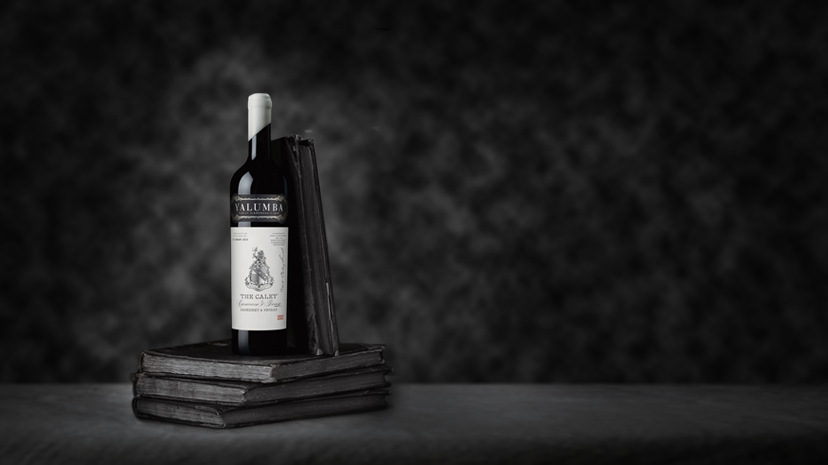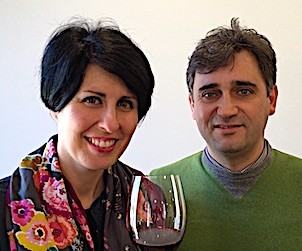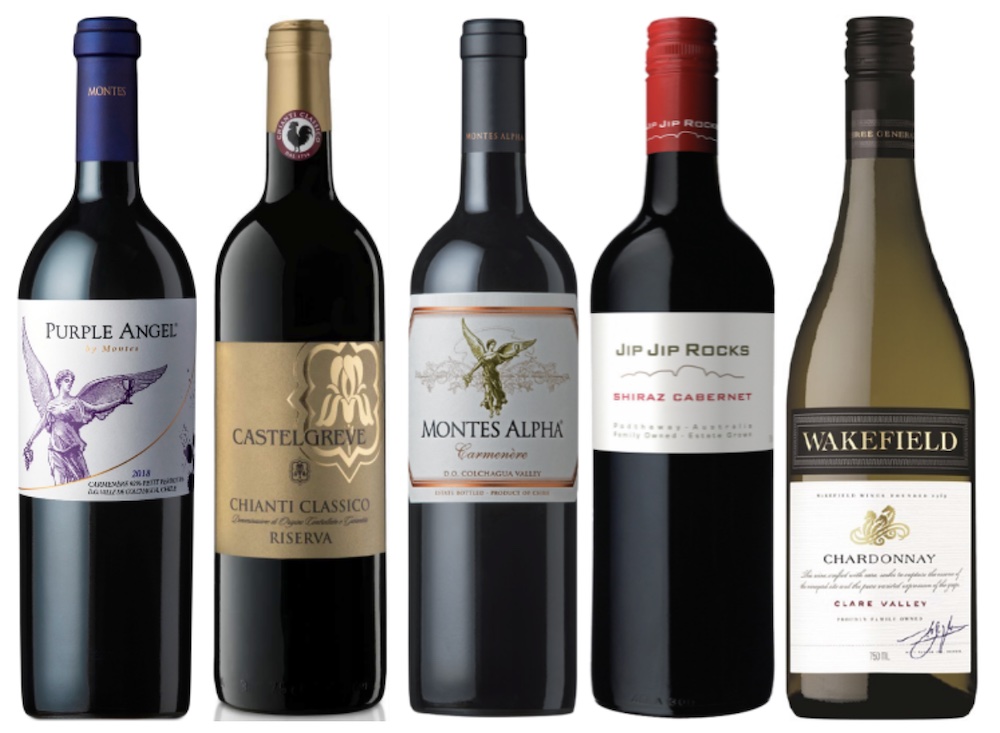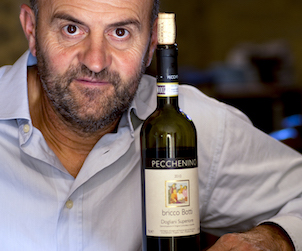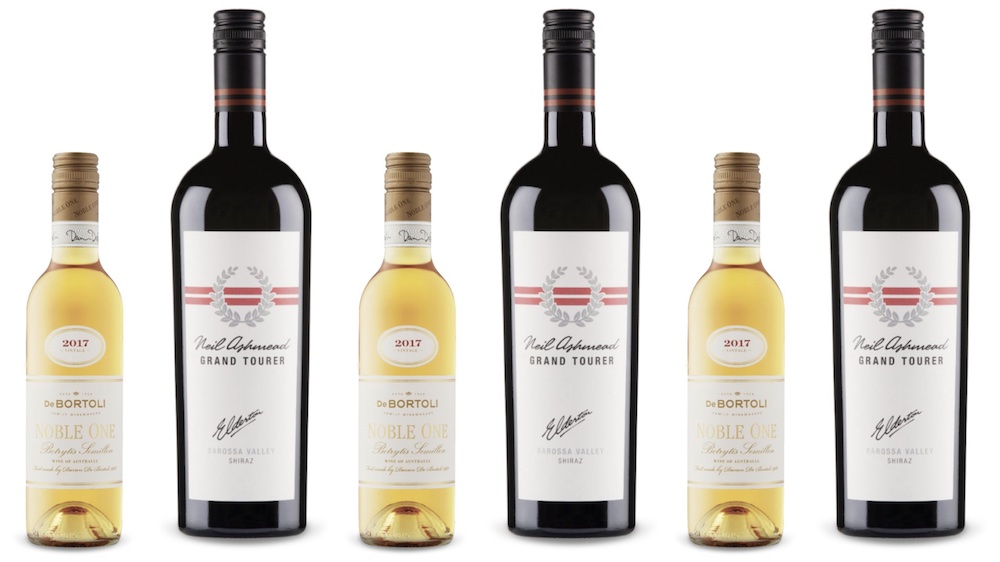How much would you pay for a bottle of wine? It is a question that avid wine enthusiasts get asked all the time. And it isn’t an easy one to answer. After all, the notion of worth is deeply personal and depends on so many factors.
An invitation to attend a press screening of Wine Masters TV’s new film, “”The Most Expensive Wine in the World,” has me pondering the subject. The documentary follows the story of Loïc Pasquet, controversial Bordeaux winemaker.
The famous Left Bank classification of crus classés wines from Bordeaux dates back to 1855. Aside from the addition of the Château Cantemerle and promotion of Château Mouton Rothschild, the rankings have not changed in almost 170 years. But the wines have…
This is Pasquet’s premise. The wines ranked by request of Napolean III carry little resemblance to today’s versions. Many of the grape varieties used then are no longer commonly grown, and Bordeaux’ vines are now grafted onto American rootstocks.
Pasquet therefore set about replicating pre-Phylloxera conditions in his Graves vineyard: planting 20,000 vines-per-hectare, individually staked, ungrafted, with both well-known grapes, such as Petite Vidure (aka Cabernet Sauvignon), and quite rare, ancient Bordeaux grapes like Pardotte, Castet, and Tarney.
The wine, Liber Pater, sells for somewhere in the neighbourhood of $50,000 CAD/ bottle.
When people gasp at the price, as you may have just done, Pasquet is ready with any number of replies. In the documentary trailer he says, “What is the price we are ready to pay to have dinner with Napoleon”?
He attributes historical importance to his project, and claims he is “saving the taste of Bordeaux”. For Pasquet, the wine, its ethos, its craftsmanship, its label, everything about it is art. No one balks at a prestigious painting fetching far higher prices than this.
In essence, the story of Liber Pater has all of the necessary attributes to create a cult following… A sense of being part of something important, bigger than all of us, rare, unique, exciting. Whether you believe the hype or not, you must admit that it is intriguing.
The idea takes me back to a conversation I had a few months ago with Jermaine Stone (aka the Real Wolf of Wine). Stone is a hip-hop artist, turned fine wine auction director, turned fine wine importer in New York.
We discussed the notion, often expressed in the media, that wine is becoming too expensive, and that younger people can no longer afford to drink it. In Stone’s experience, this is simply not true. “People have the money” he insists. “They just don’t have the reverence for the product”.
“Do you think Millennials just woke up wanting to buy Balenciaga bags for $9000?” he adds. “My son is 16. He’s spending $750 on a pair of yeezy sneakers that he’s already outgrown”. For Stone, it is all about educating people, showing them what is special about a wine to create that sense of desire.
At a recent sneak preview of fine wine lots from an Iron Gate auction, I got a chance to witness the power of creating reverence first-hand. Collectors had gathered from across the province to taste the wines and trade anecdotes about their most memorable wines.
They seemed to feed off each other’s passion and enthusiasm, each wanting to tell their stories and talk about the time and energy they put into building their collections. Their eyes shone as they listened to the sommeliers describing the wines to sample.
It brings me back to my original point about how personal the notion of worth can be. At the end of the day, we all have items that we are willing to splurge on and others for which we bargain shop. Wine and food will always be a worthy expense for me…though my idea of a splurge will likely never hit the four-figure (or even the high three figure) mark per bottle.
In the meantime, here are some of the stand out luxury wines that I have had the good fortune to taste recently:
Yalumba “The Caley” 2018, Australia
This is a blend of 80% Cabernet Sauvignon from Yalumba’s prized Menzies vineyard in Coonawarra, with 20% Shiraz mainly from their Horseshoe vineyard in the Barossa sub-region of Eden Valley. The wine is matured for almost two years in new, one, and two-year old French oak barrels.
Heady notes of exotic spice and licorice mingle with wafts of red currant, black plum, spearmint, and cedar on the nose. The palate is bold yet refreshing, with lovely tension and impressive concentration. Velvety, well-formed tannins frame the long finish nicely.
![]()
Renato Ratti Barolo “Rocche dell’Annunziata” 2016, Italy
The Rocche dell’Annunziata vineyard is one of the most revered crus of La Morra. The southwest facing hillside forms a natural amphitheatre. Its terroir of sandy soils gives a very perfumed, elegant expression of Barolo, according to the team at Renatto Ratti.
The 2016 vintage is spectacular: powerful and hugely complex. Layers of dried flowers, provençal herbs, red cherry, and orange peel emerge with aeration, underscored by earthy, savoury notes. Brisk acidity lifts the weighty palate, giving an impression of finesse throughout. Already approachable with well integrated, fine-grained tannins.
![]()
Catena Zapata Nicasia Vineyard 2019, Argentina
The Nicaisa vineyard is located in the southerly region of Altamira, in the La Consulta district of the Uco Valley. The massal selections of Malbec planted here grow at a towering 1,095 metres altitude on gravelly, loam rich soils with excellent drainage.
A truly hedonistic nose, with its aromas of blueberry pie, plum jam, violets, baking spice, and underlying hints of thyme. In contrast, the mouthfeel is pleasingly brisk and taut with excellent depth of flavour and notable peppery spice. Needs a few years cellaring to tame its muscular tannins.
![]()
Champagne Palmer “Grands Terroirs” 2015
This vintage cuvée, sourced exclusively from 1er and Grand Cru terroirs, is only produced in the best growing seasons. It is a blend of 50% Chardonnay, 38% Pinot Noir, and 12% Meunier, with six years ageing on the lees. The maison calls it their “homage to the Montagne de Reims”.
Tempting aromas of roasted hazelnut, brioche, citrus blossoms, and baked apple feature on the nose. The palate boasts great tension and fine, lively bubbles, ably balancing the creamy, layered core. A bold, structured style of brut Champagne, with lingering tangy green fruit and nutty undertones.
![]()
Champagne Ayala “La Perle” 2013
The “La Perle” cuvée from Ayala is mainly composed of Chardonnay, with a small portion of Pinot Noir from the estate’s Grand Cru holdings in Chouilly, Le Mesnil-sur-Oger, and Aÿ. The wine was aged for almost nine years on the lees. Each bottle was hand riddled and manually disgorged.
The 2013 is electric in its vibrancy. Intense notes of lemon zest, peach, exotic spice, hazelnut, and savoury nuances play across the nose. The mousse is quite subtle, giving a vinous style on the palate. Initially racy and taut, broadening and deepening on the mid-palate to culminate in a very long, dry saline finish with attractive citrus and sourdough hints.
![]()
(All wines are rated out of a possible five apples)

